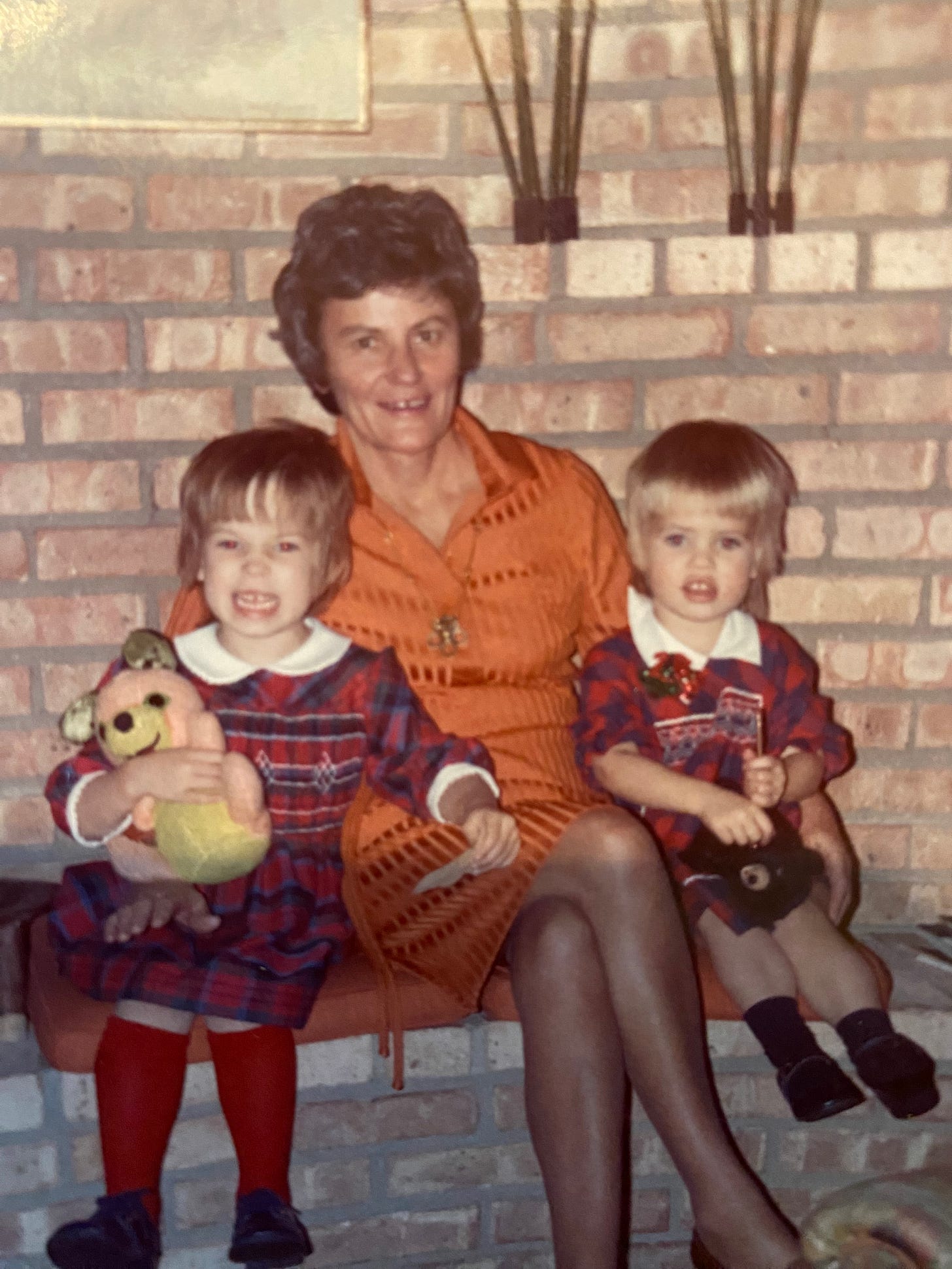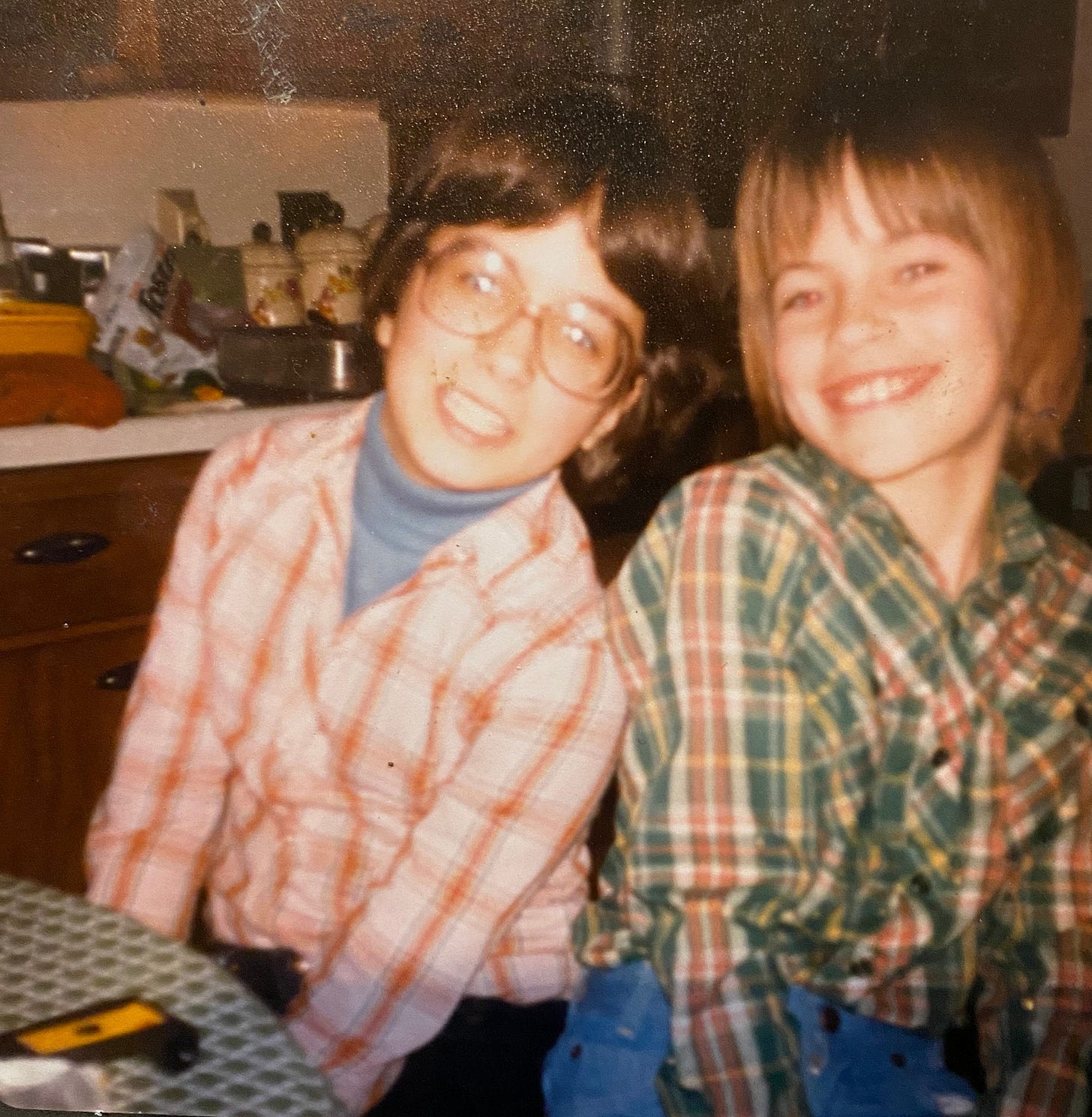I’ve been meeting more and more people who are interested in psychoanalysis, which I think is weird (because Freud invented it), but also kind of get it. The past decade of therapy has trended toward avoiding childhood. There’s therapy for emotional skill building and thought-challenging (the thoughts influence emotions so change the thoughts). Even somatic therapy can avoid childhood by just focusing on the patterns in the body, and help people soothe or engage fight/flight/freeze/appease tendencies without any childhood content.
But childhood is where the patterning in our brains, our psyches, our behaviors and needs and fears and emotions and protections and selfhood all start. Going there makes therapy way more fruitful.
I can see why there was an overcorrection in the world of therapy from catharsis to cognitive approaches. In the 80s we were so focused on childhood in ways that got pretty over the top. There was a whole “rebirthing” thing where people would get in groups in dark rooms, get wrapped in swaddling. Unable to move, trapped, their primal frustration and fear would turn to regression and they would be coached to use those energies to imagine pushing through the birth canal, processing, being reborn. There was “primal scream” therapy (which a lot of the early Tears For Fears songs were about), where you accessed the primal and repressed feelings from childhood and shouted it all out. There was a lot of mother blame in general. And then there was working with the inner child.
When I was in my late teens and early twenties, the last thing I wanted to do was engage with the inner child. Childhood seemed like it happened yesterday, and I wanted to get as far away from it as possible. I thought inner child work was doing things like carrying around a stuffed animal, coloring with coloring crayons, playing childhood games, jumping in puddles. It seemed so contrived. I didn’t have time to be a kid. I wanted to start the revolution and abolish the nuclear family.
But I could see things I learned in childhood impacting my life as a young adult. I had a deep longing for a cohesive family that made me try to turn any group I was vaguely part of into my “chosen family” whether they wanted it or not. I was always trying to understand the way people worked, same as I had tried to understand the inner workings of my parents so I could try and fix whatever was going on. I was always push and pull. I was afraid of anger. I was afraid of love. I felt empty inside. I felt like if anyone really knew me they would reject me.
Working with the inner child can look all kinds of ways, with nothing to do with stuffed animals (although I do love stuffed animals and find it extremely comforting to sleep with one now).
Engaging pleasure
One of the things I like to address with the people I work with is how do they engage with pleasure. Not sexual pleasure, but the sensory experience of the everyday. Kids are all about the senses, curiosity and wonder. So reconnecting with that is part of inner child work. I like to make a sensory box. In it is something furry, something smooth, something airy, something with edges, something soft and malleable. You take your time and feel each thing and feel how your body responds.
Or we do movement. Moving the wrists or ankles or shoulders or head in a way that feels pleasurable, really taking time to feel it rather than just doing what we think feels good.
And then tracking pleasure throughout the weeks for awhile. What feels pleasurable and how do you know if feels pleasurable? The how do you know is an essential part of this, because you might cognitively think scrolling is pleasurable but then if you scan your body, you notice it’s contracted and tense. Or you might think walking in the woods is pleasurable, but when you check in, you realize you are completely dissociated and checked out. So you invite yourself back to pleasure when you ask yourself “how do I know.”
And when you start to feel it more naturally and spontaneously, you can engage with the inner child more directly. I like to recommend that people imagine a child inside or next to them, just for a small moment, and say to that child “welcome back.”
Engaging with control or helplessness
Another inner child thing is helping the child-self know that the world you live in now is different than the one you were in as a kid.
Like if you grew up feeling like you had to get everything right in order to be deserving of love, and in adulthood you over-function in relationships. Or if nothing you did had any impact on the (lack of) care you received as a child and so this extinguished your sense of agency, and in adulthood, you are unable to make decisions. Engaging with these patterns through the lens of inner child work makes way more sense then just trying to bully or shame yourself into changing.
When you are faced with a task or decision, and you feel your body or brain start to tense or spin, you recognize, “this is a child-fear.” Let yourself feel the fear in it, don’t suppress it, but also bringing your adult self in to the picture. You tell the child-self “you are not alone in this” and you try the next brave small thing. It might be asking someone for a help with something mundane, or doing something little without asking for reassurance. In this practice, you begin to heal the childhood patterns.






